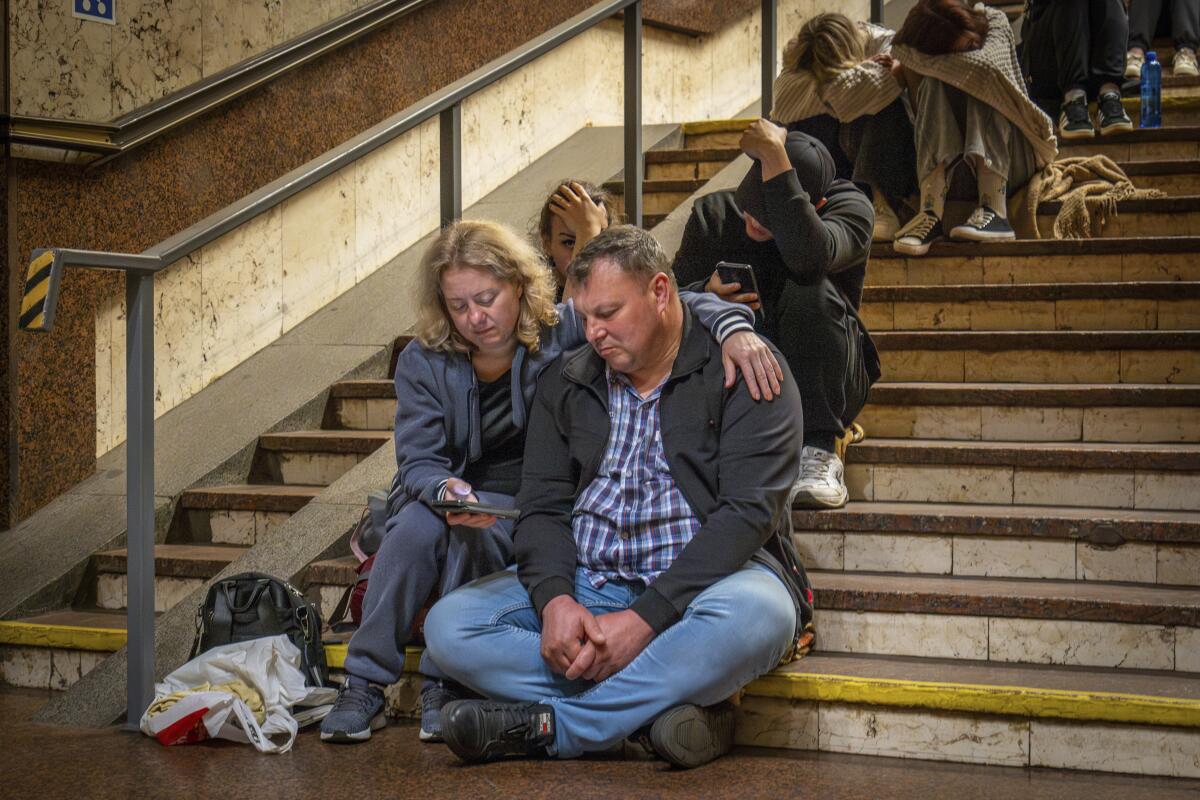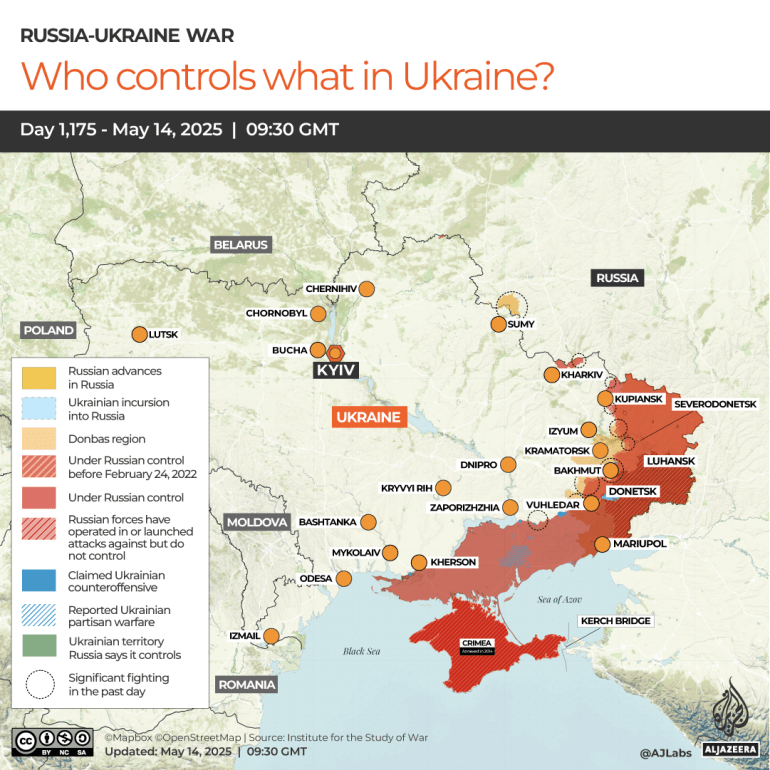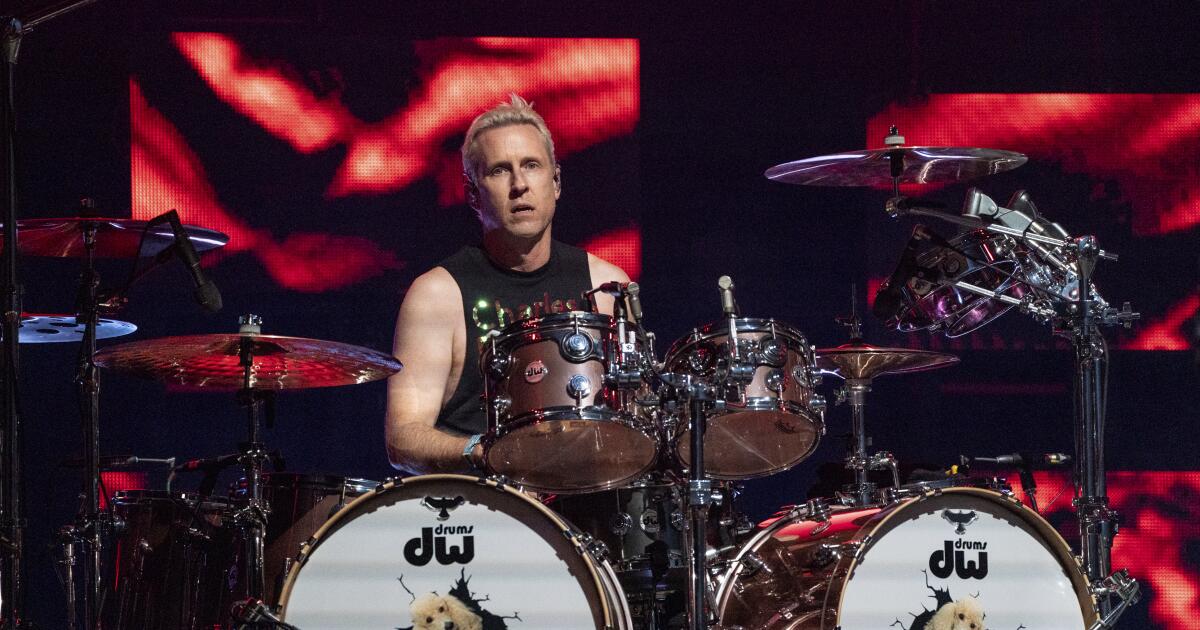Russia awaits Ukraine’s confirmation on a planned exchange of dead fighters, officials say
Russian officials said Sunday that Moscow is still awaiting official confirmation from Ukraine that a planned exchange of 6,000 bodies of soldiers killed in action will take place, reiterating allegations that Kyiv had postponed the swap.
On the front line in the war, Russia said that it had pushed into Ukraine’s Dnipropetrovsk region.
Russian state media quoted Lt. Gen. Alexander Zorin, a representative of the Russian negotiating group, as saying that Russia delivered the first batch of 1,212 bodies of Ukrainian soldiers to the exchange site at the border and is waiting for confirmation from Ukraine, but that there were “signals” that the process of transferring the bodies would be postponed until next week.
Citing Zorin on her Telegram channel, Russian Foreign Ministry spokesperson Maria Zakharova asked whether it was Ukrainian President Volodymyr Zelensky‘s “personal decision not to take the bodies of the Ukrainians” or whether “someone from NATO prohibited it.”
Ukrainian authorities said plans agreed upon during direct talks in Istanbul on Monday were proceeding accordingly, despite what Ukraine’s intelligence chief, Kyrylo Budanov, called Russian attempts to “unilaterally dictate the parameters of the exchange process.”
People rest in a metro station, being used as a bomb shelter, during a Russian drone attack in Kyiv, Ukraine, on Friday.
(Dan Bashakov/AP)
“We are carefully adhering to the agreements reached in Istanbul. Who, when and how to exchange should not be someone’s sole decision. Careful preparation is ongoing. Pressure and manipulation are unacceptable here,” he said in a statement on Telegram on Sunday.
“The start of repatriation activities based on the results of the negotiations in Istanbul is scheduled for next week, as authorized persons were informed about on Tuesday,” the statement said. “Everything is moving according to plan, despite the enemy’s dirty information game.”
Russia and Ukraine each accused the other on Saturday of endangering plans to swap 6,000 bodies of soldiers killed in action, which was agreed upon during the talks in Istanbul, which otherwise made no progress toward ending the war.
Ukrainian President Volodymyr Zelensky speaks to journalists during a press conference in Kyiv, Ukraine.
(Evgeniy Maloletka / Associated Press)
Vladimir Medinsky, an aide to Russian President Vladimir Putin, led the Russian delegation. Medinsky said that Kyiv called a last-minute halt to an imminent swap. In a Telegram post on Saturday, he said that refrigerated trucks carrying more than 1,200 bodies of Ukrainian troops from Russia had already reached the agreed exchange site at the border when the news came.
According to the main Ukrainian authority dealing with such swaps, no date had been set for repatriating the bodies. In a statement Saturday, the agency also accused Russia of submitting lists of prisoners of war for repatriation that didn’t correspond to agreements reached Monday.
It wasn’t immediately possible to reconcile the conflicting claims.
Russia says it is heading into Dnipropetrovsk region
In other developments, Russia’s Defense Ministry said Sunday that its forces had reached the western edge of the Donetsk region, one of the four provinces Russia illegally annexed in 2022, and that troops were “developing the offensive” in the neighboring Dnipropetrovsk region. This would be the first time Russian troops had pushed into the region in the more than three-year-old war.
Ukraine didn’t immediately respond to the claim, and the Associated Press couldn’t immediately verify it.
Russia’s advance would mark a significant setback for Ukraine’s already stretched forces as peace talks remain stalled and Russian troops have made incremental gains elsewhere.
Russia and Ukraine exchange aerial attacks
One person was killed and another seriously wounded in Russian aerial strikes on the eastern Ukrainian Kharkiv region. These strikes came after Russian attacks targeted the regional capital, also called Kharkiv, on Saturday. Regional police in Kharkiv said on Sunday that the death toll from Saturday’s attacks had increased to six people. More than two dozen others were wounded.
Russia fired a total of 49 exploding drones and decoys and three missiles overnight, Ukraine’s air force said Sunday. Forty drones were shot down or electronically jammed.
Russia’s defense ministry said that its forces shot down 61 Ukrainian drones overnight, including near the capital.
Five people were wounded Sunday in a Ukrainian drone attack on a parking lot in Russia’s Belgorod region, according to regional Gov. Vyacheslav Gladkov. Two people were wounded when a Ukrainian drone attack sparked a fire at a chemical plant in the Tula region, local authorities said.
Russian authorities said early Sunday that Vnukovo and Domodedovo airports, two international airports serving Moscow, temporarily suspended flights because of a Ukrainian drone attack. Later in the day, Domodedovo halted flights temporarily for a second time, along with Zhukovsky airport.



